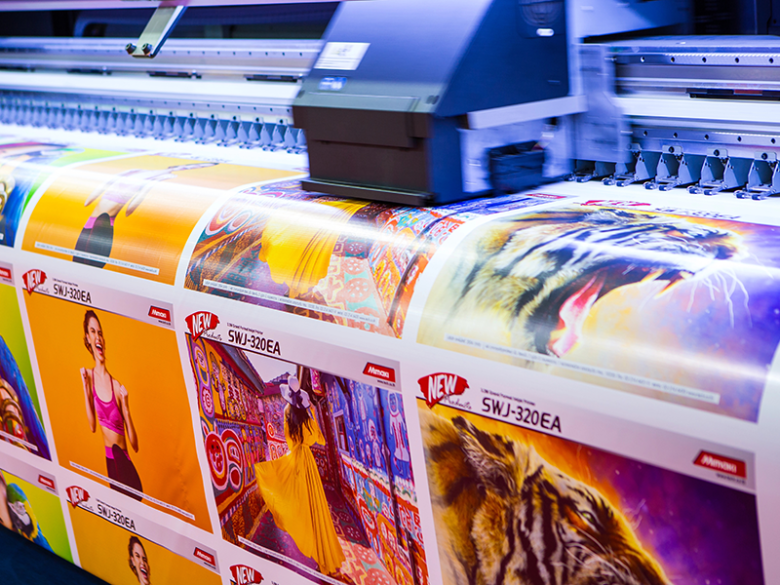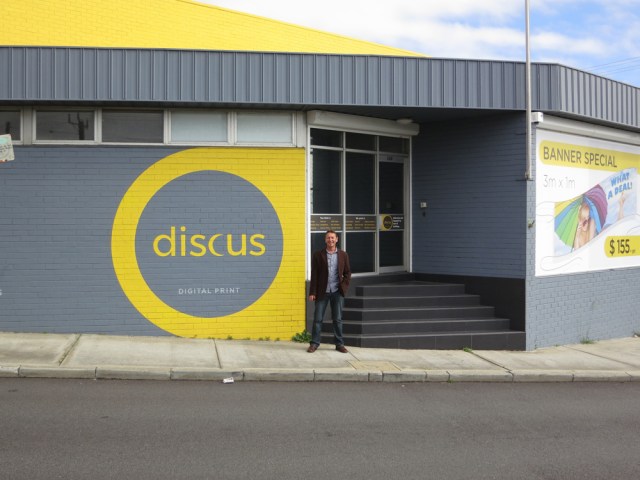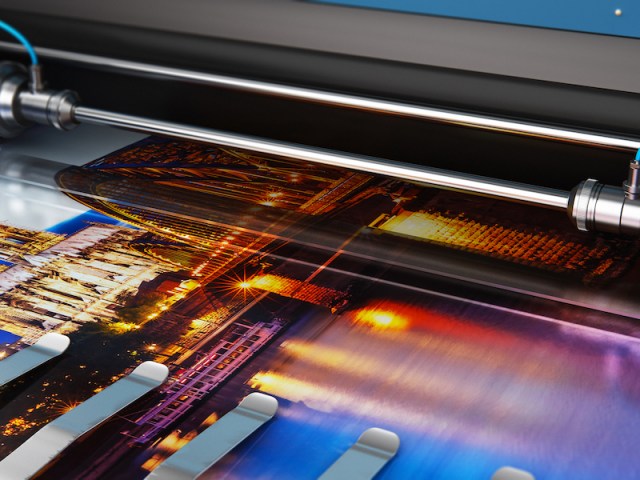
Revenues from sheetfed, heatset and coldset offset litho are projected to reach US$310.9 billion globally in 2025, according to a new report from research firm Smithers.
It found that still the most widely used analog print process, offset litho is facing challenges across many applications, including competition from digital (inkjet and electrophotography) presses where 2025 sales are projected to be US$175.2 billion.
The new report – The Future of Digital vs Offset Printing to 2029 – tracks the commercial and technology outlook for both sectors across the next five years. It quantifies current and future market volume and value by print process, end-use application, and region.
Smithers found the economic disruption of COVID-19 cut print volumes severely. Global output fell from 49.0 trillion A4 equivalents in 2019 to 44.1 trillion in 2024 and has little prospect of recovery to pre-pandemic levels; across the same period value rose only slightly from US$887.9 billion in 2019 to US$898.0 billion in 2024.
The report also indicated that offset was significantly impacted by this, with major falls in both volume and value of heatset and coldset litho, especially for newspaper and magazine print, adding that this reflects the wider transition from physical to electronic media.
Smithers said the trend is set to continue across the rest of the decade.
In addition, the report stated sheetfed litho volumes will grow marginally, with a compound annual growth rate (CAGR) of 0.3 per cent, pushing volume to 6.9 trillion A4 prints in 2029; value will increase at 1.4 per cent CAGR from US$183.3 billion in 2024 to US$194.5 billion in 2029.
The outlook for digital is more positive. Value will increase at a 4.8 per cent CAGR to reach US$209.1 billion in 2029. Volumes will increase faster (5.5 per cent CAGR) from 1.95 trillion A4 prints in 2024 to 2.41 trillion in 2029.
“Digital is directly displacing litho in several applications – notably through the use of inkjet for print-on-demand books, advertising, and transactional print. This will be partially compensated for by new demand for sheetfed litho in packaging, but here it is also in competition with gravure and flexo,” Smithers stated.
“Offset press OEMs are increasing the top speed of their flagship models in several cases to over 20,000 sheets per hour. They are also adding more automation to their presses. This responds to a shortage of skilled labour, while improving productivity, including on shorter run lengths.
“Inkjet developers are also improving speed, including via greater automation; as well as resolution and print quality. New machines are under development for the packaging segment, leveraging experience gained in narrow web label print, to exploit demand for digital print on corrugated board, folding cartons, and flexible packaging.”
Comment below to have your say on this story.
If you have a news story or tip-off, get in touch at editorial@sprinter.com.au.
Sign up to the Sprinter newsletter



